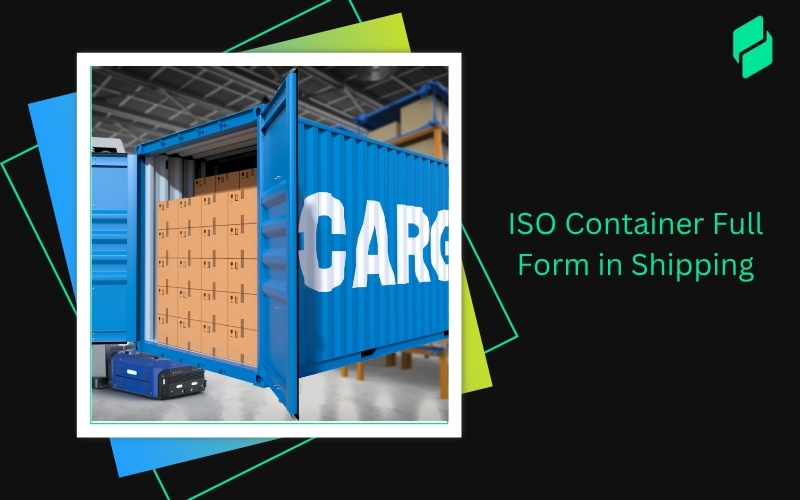GST, or Goods and Services Tax, is an indirect tax that has been in effect in India since July 1, 2017.
It has replaced multiple indirect taxes and simplified the taxation system for businesses in India. For Indian businesses, understanding GST and its implications on export services is crucial for seamless operations.
Optimize your business: use unlimited savings with Pazago fulfilled now!
Get Started ->Breaking Down the GST System: How it Works
GST is a transaction-based taxation regime that applies to the supply of goods and services. There are three main components of GST: Central Goods and Services Tax (CGST), State Goods and Services Tax (SGST), and Integrated Goods and Services Tax (IGST).
The rate of GST varies from 5% to 28% depending on the category of goods and services being supplied.
How GST Affects Export Services
GST has no impact on the export of services. Export services are treated as zero rated supply, and no GST is applicable. Exporters can claim a refund of taxes on input goods and services used to provide export services.
A refund can be claimed either by exporting under bond without paying GST or by paying IGST and claiming a refund. This ensures export services remain competitive globally.
The Effect of the GST on Export of Services

Unpacking the Direct Consequences of GST on Export Services
The introduction of GST on export services has brought some important changes for exporters. With services now taxed domestically, exporters can claim refunds on taxes paid for exports.
They get relief from cascading taxes, which helps improve competitiveness. However, compliance requirements have increased, with proper invoicing and documentation now necessary.
This allows the government to keep records of all export transactions, and customs duty is still charged. This leaves room for the government to tax services exports in the future as they are under GST purview. GST aims to streamline indirect taxes, but exporters must follow the new refund process closely.
The Importance of GST on Export of Services: Why it Matters
GST on the export of services is more competitive internationally by reducing the tax burden on inputs and input services.
This has been achieved by extending the benefit of zero-rated supplies to exports. Additionally, the GST regime has simplified export procedures, making it easier for exporters to navigate the tax system.
A Detailed Exploration of GST Policies and Regulations
The GST policy for exporters involves several key regulations:
- Exporters can either pay IGST and claim a refund after the goods or services have been exported under bond or Letter of Undertaking (LUT) without payment of IGST.
- In the case of exports made under bond or LUT, the exporter can claim a refund of the accumulated ITC on account of export.
- The GST policy also applies to deemed exports, transactions where the supply of goods qualifies as an export even though the goods are not physically taken out of India.
Essentials of Service Classification for GST

Service Classification Explained: Eliminating Misunderstandings
Classification of services is crucial for determining the applicable GST on the Export of Services.
The GST rate varies from 5% to 28% depending on the category of goods and services being supplied or received. It helps understand the tax implications and compliance requirements for Indian businesses exporting services.
The Criteria for Classifying Services under GST
GST classifies services into different categories based on their nature and the industry they belong to. This classification system is essential for determining the applicable tax rate and compliance requirements.
The GST regime has extended the benefit of zero-rated supplies to exports, meaning that the GST rate for exports is 0%.
Grasping the HSN Code within the GST Framework
The Harmonized System of Nomenclature (HSN) code is an internationally standardized system for classifying traded products, including services.
In the context of GST, the HSN code helps businesses identify the correct classification of services for tax purposes. A robust understanding of HSN codes is essential for Indian businesses to effectively navigate GST on the export of services.
For example, if an Indian business exports services to a foreign client, the applicable GST rate will be 0% as exports are treated as zero-rated supplies.
However, the business must comply with the necessary documentation and procedural requirements to claim this tax benefit.
Compliance Rules for GST on Service Exports
Compliance Management for Exporters: A Useful Checklist
To ensure compliance with GST on the export of services, Indian businesses should follow a checklist that includes the following:
- Understanding zero-rated supplies and their implications on the export of services.
- Ensuring proper documentation, including the service agreement and other relevant documents.
- Issuing a tax invoice containing the required details, such as the supplier's name, address, GSTIN, invoice number and date, and the name and address of the recipient.
- Maintaining robust record-keeping practices to adhere to GST regulations.
Navigating GST Refunds: The Procedures and Possible Challenges
A Comprehensive Introduction to GST Refunds
GST refunds are an essential aspect of the GST on the export of services for Indian businesses. Under the GST regime, exports are treated as inter-state supplies and are subject to the Integrated Goods and Services Tax (IGST).
However, exporters can either pay the IGST and claim a refund after the goods or services have been exported or export under a bond or Letter of Undertaking (LUT) without payment of IGST.
Steps For Claiming GST Refunds
To claim GST refunds on export of services, exporters need to follow a series of steps. First, they must file a refund application and submit the relevant documents online on the GST portal.
The required documents include the Foreign Inward Remittance Certificate or Bank Realisation Certificate and the tax invoice containing details such as the name, address, and GSTIN of the supplier, invoice number and date, name and address of the recipient, and the total value of services with a stage-wise breakdown.
As GST law requires, exporters must maintain proper documentation, such as the relevant service agreement and other necessary documents.
Overcoming Obstacles in GST Refund Acquisition: Effective Solutions
One of the main challenges in getting GST refunds is the complex documentation and compliance requirements.
To overcome these challenges, businesses should establish robust record-keeping practices and remain vigilant in adhering to the prescribed guidelines.
Another challenge is the potential delays in refund processing. To minimize these delays, exporters should submit accurate and complete documentation and follow the prescribed procedures diligently.
Conclusion
This guide has given comprehensive insight into how GST impacts service exports in India, including understanding the GST framework, the significance of GST for exporters, and the key regulations involved.
The classification of services was also examined, encompassing the specifics of the HSN code in the context of GST and a detailed overview of the compliance rules for GST on service exports.
At Pazago, we understand the importance of grasping these concepts to help businesses optimize their operations for foreign markets. Incorporating the knowledge of GST on the Export of Services can uplift your business and enable you to participate in international trade with more confidence.
With Pazago Fulfilled, we ensure the quality of every service and that you stay in control and make informed decisions, even on the go.


.png)








